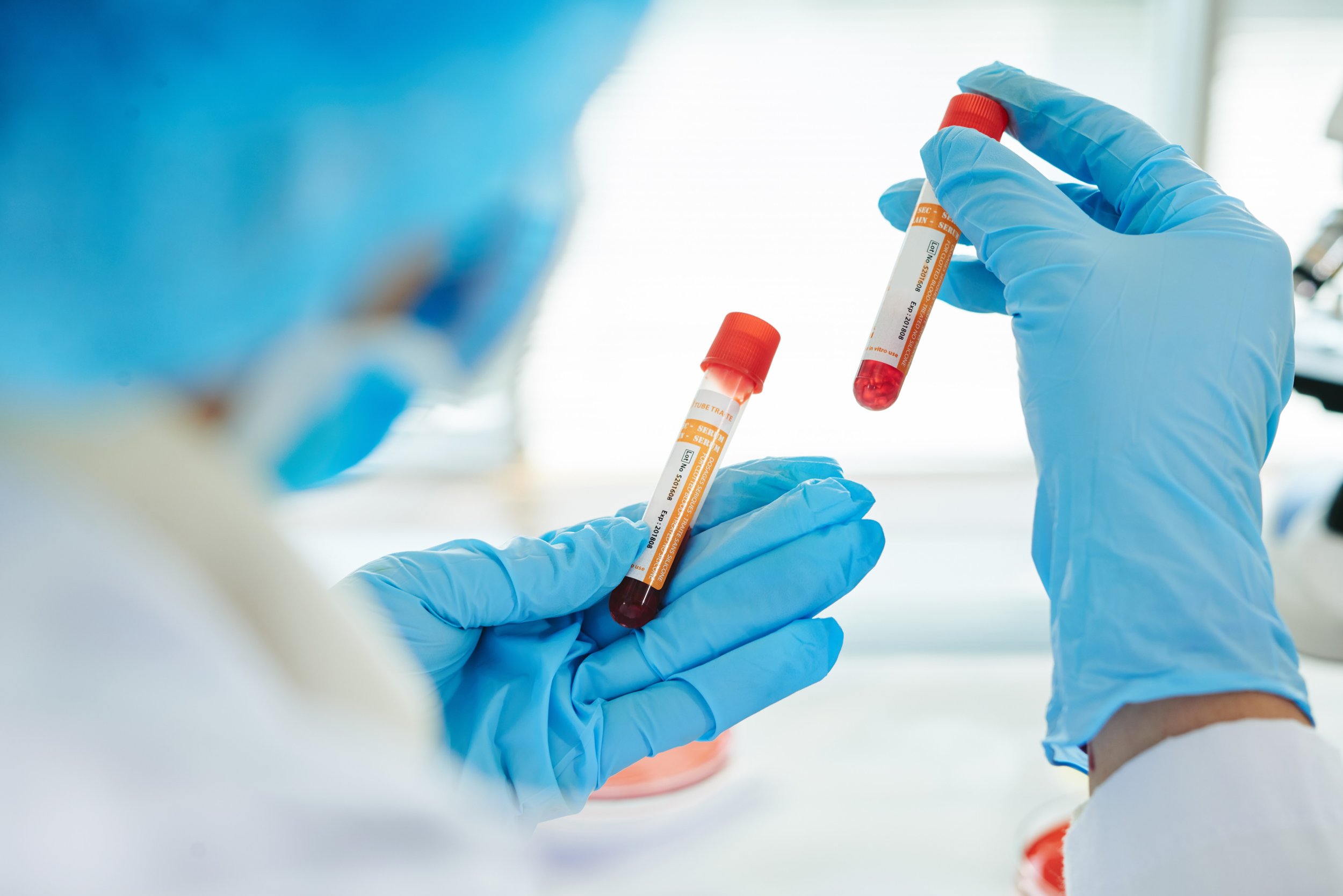
Identifying and characterizing pathogens
WGS sample characterization
Whole Genome Sequencing (WGS) of cultured isolates is used in microbiology for several purposes:
Microbial Identification: WGS precisely identifies microorganisms, including novel strains.
Strain Typing: It differentiates between strains of the same species, helping track outbreaks and genetic diversity.
Antibiotic Resistance Profiling: WGS identifies resistance genes and monitor resistance trends.
Virulence Factor Identification: It reveals genes responsible for pathogenicity, aiding in understanding how microbes cause disease.
Tracking Transmission and Evolution: WGS traces the spread of pathogens and tracks genetic changes over time.
Phylogenetic Analysis: It helps construct phylogenetic trees to study the evolutionary relationships between strains.
Metabolic Pathway Analysis: WGS provides insights into how microbes metabolize nutrients and survive in different environments.
Analysis includes:
Quality control including sample quality
Automatic species identification
Strain typing
Antimicrobial resistance and virulence


